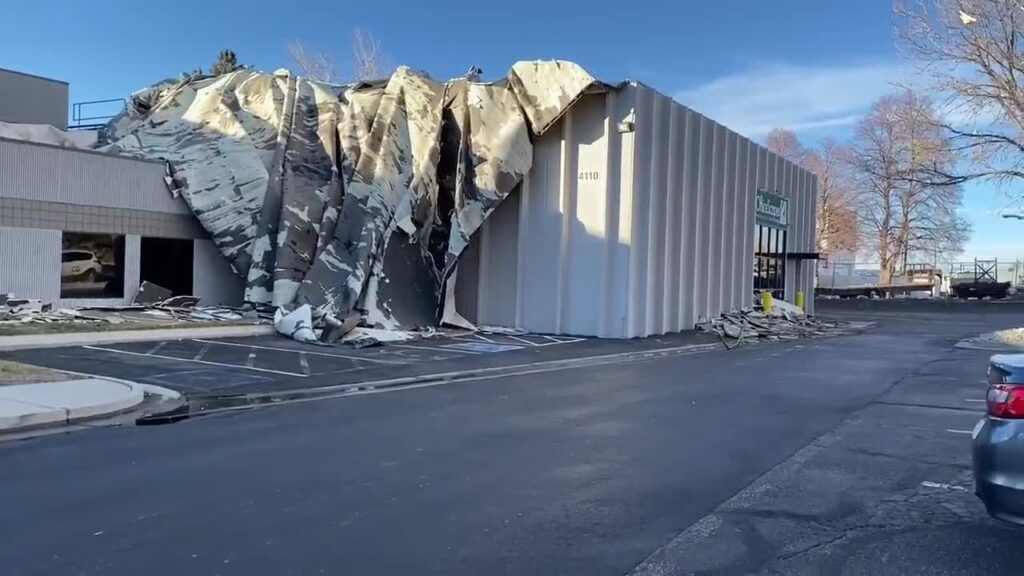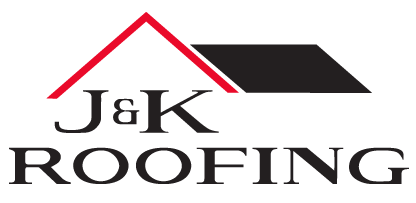
How Commercial Roof Uplift Testing Can Impact Performance
Colorado may not be situated along the coast where hurricane-force winds cause the most significant damage, but the Centennial State has its share of wind-related issues in addition to significant hail roof damage. It’s not uncommon for incredibly powerful winds to sweep across the state and cause damage to commercial buildings.
Particularly, strong winds can lead to what’s known as wind uplift—an occurrence that happens when air pressure below your roof is greater than the pressure above it. The process of commercial roofing construction includes wind uplift testing, but it’s helpful to understand what wind uplift is and how your commercial building is prepared to withstand it in Colorado.
What Is Wind Uplift and Why Is It Important for My Commercial Building?
Wind uplift refers to when the air pressure below your roofing system —roofing deck, materials, and fasteners—is greater than the air pressure above it. The strong winds flowing above your roof decrease the air pressure above it, meanwhile the pressure inside your building increases as air flows through doorways, windows, cracks, and other openings. Combined, this creates an upward lift on your roofing system, which is wind uplift.
It’s important to consider wind uplift into the proper function of your commercial building roofing system because it can lead to serious damage. Steep-sloped roofs are also extremely prone to higher wind uplift pressures. Wind uplift can pull your roof up enough to create opportunities for serious issues like water leaks, pests, structural damage, and more.
Will your roof stand up to high winds? Uplift testing can help to compare the construction and the probability of failure for each roof tested. Commercial roofing contractors in Colorado should have their building tested for wind uplift during construction or upon install of a new roof, to help make sure your commercial roof is able to withstand wind uplift—along with an array of other threats common to our region.
What Impacts Wind Uplift?
Wind uplift can be affected by a number of factors, including:
- The height of your commercial building: Wind is incredibly powerful at tall heights, so the taller your building is, the more susceptible it is to wind uplift.
- Your location: Wind speeds and power vary by geographical location.
- Openings in your building: Commercial buildings with a lot of doors and windows can lead to higher pressures inside the building during a windstorm.
- Surrounding landscape: If your building is surrounded by other large buildings, wind power can be diminished. On the flip side, if your building is out in the open or near a large body of water, you can expect wind gusts to be powerful.
How Is Wind Uplift Tested?
Wind uplift is tested as part of the construction process of your commercial building, as well as on the particular materials themselves. The best material for withstanding strong winds is metal roofing, which can endure wind speeds up to 160 miles per hour.
The dynamic uplift resistance (DUR) of a roofing system that includes the roof material, insulation, clips, and fasteners but not the roof deck, is determined by testing for resistance to outward pressure. Understanding this rating is crucial in selecting the right roof assembly that can withstand certain pressures of wind uplift loads.
There are basically three types of wind uplift testing:
- In-facility testing, where your commercial roofing materials are tested against wind uplift before they’re used to construct your roof. This is performed by roofing material manufacturers. They use a controlled environment to simulate strong winds and perform these tests.
- Field testing, where a dome is placed on your roof and various conditions are simulated to test its durability against strong winds. This type of testing is not a sure method, and as a result, the National Roofing Contractors Association does not recommend it. Instead, they recommend an experienced inspector to monitor the installation of your commercial roof to ensure durability.
- Inspection during construction, where a trained professional observes your roof installation and suggests modifications to ensure proper installation.
Wind uplift testing cannot be performed until the roofing is installed on a building, and is ideally performed prior to completing construction of the building so that any issues may be readily addressed. Engineers or building contractors need to follow the codes and standards that are in effect for the region of the country they are working in when performing the test. The test results must meet or exceed the standards set in place for that region.
Safety is a key priority when it comes to building and designing commercial buildings. Conducting uplift testing can help contractors, engineers, and builders determine where a roofing system’s weak points are located, allowing them to be fixed. Uplift testing also allows owners of these buildings to better understand how resilient their roofing system really is in case of a storm.
We Can Help
Colorado has some significant wind and storm events. That’s why it’s important to understand what wind uplift is and how your commercial building might be impacted by windstorms. It’s also a good idea to also perform an annual inspection and set up a regular maintenance program to extend the life of your roof.
Get in touch with us at J&K Roofing to have your commercial roof inspected. We are a Colorado-certified roofing contractor that has been in business for almost 40 years with expertise in the Denver Metro, Front Range, Colorado Springs, and Fort Collins areas. Contact us or give us a call today! 303-425-7531
